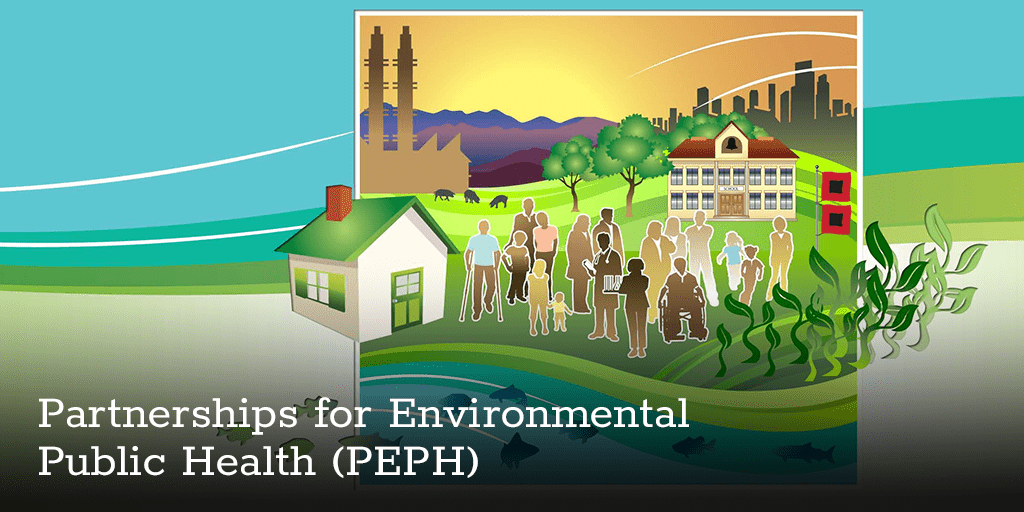Community-engaged research (CEnR) is a strategic component of NIEHS- and other NIH-funded projects, including the NIEHS Environmental Health Sciences Core Centers. CEnR engages community members in the research process in order to conduct research that meets their priorities and translates research results to policy or practice that addresses a community’s challenges.
Members of the University of California, Davis, Environmental Sciences Center sought to understand how well they had incorporated CEnR into research during their first funding cycle. A May 2023 paper describes how the team surveyed and interviewed leadership to determine challenges and opportunities for incorporating CEnR into the center’s work.
The center’s community engagement core (CEC) has used the results to inform strategies to enhance and elevate the role of CEnR. The team determined the center’s organizational dynamics contributed to both challenges in implementing CEnR and opportunities for multi-disciplinary research that would promote CEnR.
Jonathan London, Ph.D., director of the CEC, reflected, “One of the most valuable things other researchers can learn from this case study is that prioritizing and integrating community engagement throughout the organizational structure of the center can ensure that CEnR has practical benefits for communities.”
Smoke from a wildfire spreads from a mountain. The UC Davis center funds research related to environmental health concerns from wildfire smoke. (Photo courtesy of Saiho from Pixabay)
Themes From Interviews and Surveys
When the center was formed in 2015, many researchers who joined did not have previous CEnR requirements for their funding. However, to ensure CEnR would be integral, the CEC emphasized evaluation to assess and continuously improve its work. From 2016 to 2019, the research team and several CEC members conducted interviews and focus groups with center leadership, researchers, and CSTAC members. The researchers’ analysis revealed seven themes among the responses. The following are descriptions of some of those themes.
Responses from CEC staff most familiar with CEnR spoke to how CEnR helps democratize knowledge production. This means that community members are part of finding solutions to problems, unlike in traditional research. CSTAC members further emphasized this point by describing how community members are experts.

Traffic on a San Francisco street. The UC Davis center funds research related to environmental health concerns from noise pollution. (Photo courtesy of Ignacio Palés from Pexels)
For example, one respondent stated, “When you connect to communities, […] come with a mindset that they’re also experts. As researchers, you’re gonna go out there and take advantage of that knowledge at the local level because they know what the problems are. They experienced it because they are human test subjects of their own community exposed to all the elements that are there […] in your research projects.”
Responses also indicated that initial drivers for doing CEnR included adherence to funding requirements. To meet these requirements, the center had to build new organizational processes. For example, to implement the center’s Pilot Project Program, program directors changed the review process so that community engagement components counted toward a proposal’s score, increasing its chances of getting funded. Additionally, the center increased Community Stakeholders Advisory Committee (CSTAC) members’ power over decision-making in the CEC after having found the committee’s initial role as advisers did not adequately reflect the CEC’s community-empowerment values.
“Changing organizational processes brought about a lot of successful developments in CEnR in the center,” said London. “Incorporating the CSTAC into more of the center’s activities, in particular, is bringing a stronger community perspective to decisions and research priorities.”
Opportunities for Structural Changes
Overall, the feedback reflected that CEnR should be facilitated by an organizational structure that prioritizes community engagement on the same level as traditional research. Feedback also indicated opportunities for the center to better align its priorities to those of the community, such as by seeking more input from the CSTAC community partners to inform the center’s programs, strategies, and resources.
The team reported back the findings from the interviews and focus groups to center leadership, who used the results to make changes, such as elevating the role of the CSTAC to effectively promote CEnR in the center. The changes helped the center successfully compete for a second round of NIEHS funding with an application that elevated and integrated community engagement throughout the center. Changes include developing a comprehensive set of CSTAC research priorities, providing training for all Pilot grantees in community-based participatory action research, and infusing environmental justice themes into center events.
Over the next few years, the CEC hopes to deepen partnerships between the center’s researchers and community organizations, build researcher and community capacity for community-based participatory action research, and enhance the translation of research to policy and community action.
Source link
www.niehs.nih.gov


